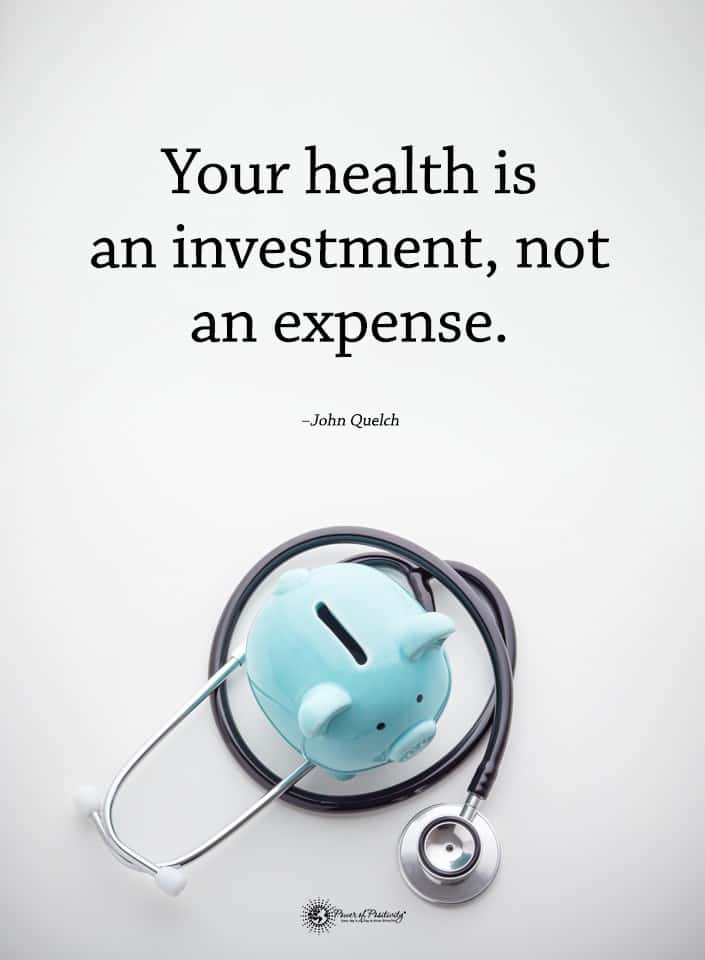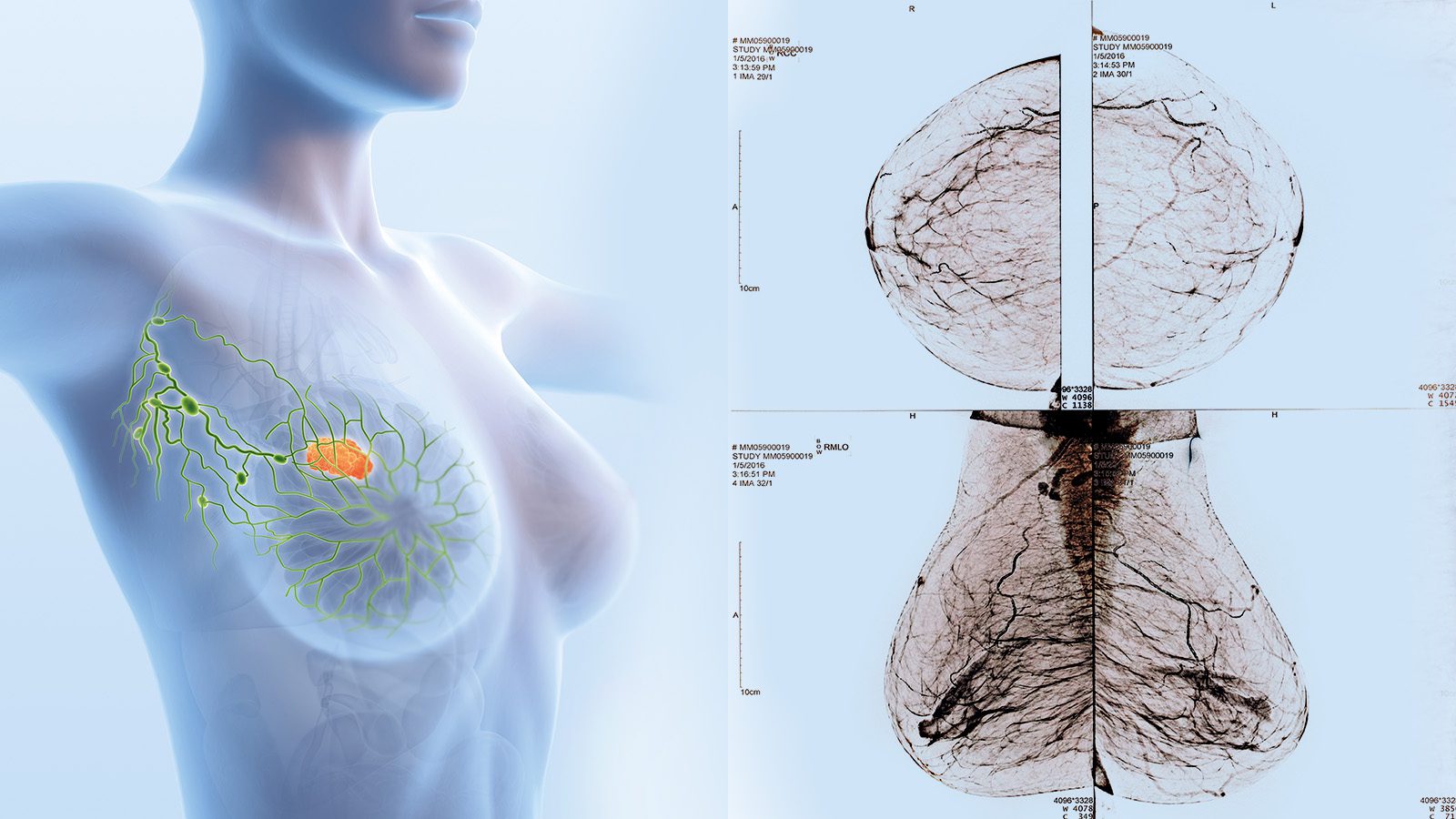Here’s how early detection of breast cancer saves lives!
Breast cancer. Those two words carry a weight of concern and awareness. Understanding the nuances and symptoms of this common yet complex disease is crucial. Breast cancer is, indeed, a formidable adversary in women’s health.
It impacts about 2.3 million adults globally, warns the World Health Organization. However, that number is not just a statistic. Rather, it is a reality that touches lives, families, and communities.
Amidst this reality lies a beacon of hope: awareness. Being informed about the silent symptoms of breast cancer, those subtle signs that often go unnoticed can make a world of difference. It’s not about inducing fear but fostering empowerment through knowledge. It’s about turning the tide in our favor by staying one step ahead. By recognizing these silent symptoms early, you can take proactive steps toward monitoring your health.
Understanding Breast Cancer
“When life kicks you, let it kick you forward.” – Former NC State University women’s basketball coach, Kay Yow (a breast cancer warrior)
Breast cancer is a disease that happens after cells grow out of control, creating a tumor seen on an X-ray or felt by the woman as a lump. Breast cancer is predominantly a disease affecting women, but it’s important to remember that it can also occur in men.
The prevalence of breast cancer is both startling and a call to action. Breast cancer is one of the most often diagnosed cancers among women worldwide. The National Breast Cancer Foundation estimates that about 1 in 8 women Americans will develop invasive breast cancer throughout a lifetime. These statistics aren’t just numbers. Instead, they should be reminded of the importance of vigilance and early detection.
Understanding breast cancer means recognizing that it can manifest in various ways, and not all of them are easily noticeable. From lumps that don’t cause pain to subtle changes in the skin, these silent symptoms are often the body’s quiet alarms. Awareness of these symptoms and regular self-exams and screenings can significantly increase the odds of early detection.
It’s also worth mentioning that some of the signs shared are noticed, but some people are embarrassed to discuss it. So they pretend the problem does not exist, imperiling their health. Never let fear of judgment come above your health! Your doctors have seen and heard it all, and your early notice could save your life.
Early detection, in turn, opens the door to the best treatment options. As a result, it leads to a better chance of recovery.
10 Early Signs of Breast Cancer That Many People Ignore

Breast cancer, like many other diseases, doesn’t have a single face or a uniform symptom. It’s a complex ailment with a myriad of manifestations. By educating ourselves about these diverse symptoms, we’re not just learning about a disease but how to better care for ourselves and our loved ones. This knowledge empowers us to take an active role in our health and to face the challenge of breast cancer with courage and hope.
Let’s look at the symptoms of breast cancer:
Symptom 1: Unusual Lumps or Masses
One of the most commonly known symptoms of breast cancer is the a lump or mass in someone’s breast. However, it’s crucial to understand that not all lumps are easily noticeable or painful. These unusual lumps, which might feel like a hard knot or a thickening in the breast or underarm area, can often be silent, making them easy to overlook.
According to the Centers for Disease Control and Prevention (CDC), the texture and appearance of breasts can vary. Likewise, changes look different from one to another. Some might feel soft and tender, while others could be hard and immovable.
The key is to notice any changes or unusual occurrences in your breast tissue. Regular self-exams play a pivotal role in this early detection process. By becoming familiar with your breasts’ normal feel and appearance, you can be more alert to any changes, no matter how subtle they may seem. Self-exams don’t require special tools or techniques – it’s about being in tune with your body.
All women should perform breast self-exams at least once a month. If you notice a lump, regardless of its size or pain level, it’s important not to panic. Not all lumps are cancerous. However, a doctor should always evaluate them.
Symptom 2: Changes in Breast Shape or Size
Alterations in the shape or size of one’s breasts can also be a silent symptom of breast cancer. These changes might be gradual and difficult to notice without regular monitoring. It’s not uncommon for these changes to be overlooked, as they can occur without any accompanying discomfort.
The Johns Hopkins Medicine website emphasizes the importance of being aware of any unexplained changes in breast size or shape, including swelling or shrinkage, particularly if it’s only in one breast. That could manifest as a noticeable difference in how your bra fits or how your breasts look compared to each other.
Regular comparison and monitoring can be instrumental in detecting these subtle changes. It’s advisable to look at and feel your breasts periodically to become familiar with their usual appearance and feel. This way, any deviation from what’s normal for you can be quickly identified. If you do notice a change in the shape or size of your breasts, it’s wise to consult a healthcare provider. While such changes can be due to various non-cancerous conditions, it’s always better to err on the side of caution.
Symptom 3: Nipple Discharge
Sometimes, women find the inside of the bra cup moist, but they chalk it up to sweat if clear.
But nipple discharge, any fluid that seeps out of the nipple, can sometimes be a warning sign of breast cancer. While some types of discharge can be normal, particularly if they occur from both nipples, are milky, and are associated with breast manipulation, certain types of discharge may warrant a closer look.
The Mayo Clinic advises that nipple discharge, particularly when it is bloody, clear and occurs without squeezing, or is from only one breast, should be evaluated by a doctor. This symptom can be concerning, especially if accompanied by other changes in the breast or nipple area.
If you experience nipple discharge, especially if it’s a new development, it’s important to seek medical advice. It’s essential to remember that while nipple discharge can be alarming, it doesn’t automatically mean breast cancer. There are many benign causes of nipple discharge. However, a healthcare provider can conduct appropriate tests to learn the cause and advise you on the necessary steps.
Symptom 4: Nipple Retraction or Inversion
Nipple retraction or inversion is a lesser-known symptom of breast cancer but is equally important. This refers to a change in the nipple, particularly when it becomes inverted or indrawn, which was not previously so. This change can occur suddenly or over some time.
Sloan-Kettering Cancer Center mentions this symptom as something that also occurs in lesser-known male breast cancer.
Nipple inversion can be caused by the underlying tissue changes due to the presence of a tumor. This tumor might pull the nipple towards itself, leading to retraction. Identifying this change is vital. It’s especially noteworthy if the inversion is a recent change or occurs in only one nipple.
To detect nipple retraction or inversion, regularly observe the symmetry and usual position of your nipples. It might be helpful to compare the current appearance of your nipples with their past appearance in photos or front of a mirror. If you notice a change, particularly if one nipple becomes inverted while the other does not, it’s advised to seek medical attention. While nipple inversion can also occur due to benign conditions, consulting your doctor can provide clarity and appropriate guidance.
Symptom 5: Breast Cancer May Cause Skin Changes
One of the less obvious but significant symptoms of breast cancer is skin changes over the breast. These changes can include dimpling, puckering, a texture similar to an orange peel (peau d’orange), or thickening of breast skin. These alterations might be subtle initially, so paying close attention to any unusual changes in your skin’s appearance or texture is crucial. Some people attribute it to weight loss or gain, thus missing this sign
The American Cancer Society explains that such skin changes can be caused by breast cancer cells blocking lymph vessels in the skin. The reason these changes are important is that they can indicate a type of breast cancer known as inflammatory breast cancer, which can be particularly aggressive. Regularly inspecting your breasts in a mirror with your arms raised and lowered can help identify these skin changes.
If you notice any persistent skin changes, such as redness, dimpling, or other textural differences, it’s important to consult a healthcare professional. While other non-cancerous conditions can cause these symptoms, it’s always best to have them evaluated to ensure proper diagnosis and treatment if necessary.
Symptom 6: Swelling in the Armpit or Collarbone Area
Swelling in the armpit or around the collarbone can be a silent indicator of breast cancer. This symptom might be overlooked because it can occur before a tangible lump becomes noticeable in the breast. The swelling is often due to the spread of cancer to the lymph nodes in these regions, which can occur with some types of breast cancer.
Unusual swelling in these areas should be taken seriously, especially if it’s only on one side. Lymph node involvement is a factor in breast cancer, and early detection of changes in these nodes can play a crucial role in diagnosis and treatment planning.
If you experience unexplained swelling in the armpit or collarbone area, particularly if it’s localized and persistent, it’s advisable to see a healthcare provider for further evaluation. Early investigation of such symptoms can be crucial for effective treatment and better outcomes.
Symptom 7: Persistent Breast Pain May Reveal Breast Cancer
While breast pain is a common complaint among many women, persistent or unusual pain in the breasts can be a missed symptom of breast cancer. It’s important to differentiate this from the typical soreness or discomfort associated with menstrual cycles, strenuous workouts, pregnancy, or menopause.
As mentioned by the National Breast Cancer Foundation, breast pain related to cancer is often localized to a specific area and is continuous. This pain might be present regardless of your menstrual cycle and could be accompanied by other symptoms. These may include a lump or even a thickening in the breast.
If you experience persistent breast pain that is unusual for you, especially if it’s concentrated in one area and doesn’t seem to be related to your menstrual cycle, seeking medical advice is important. While breast pain is more commonly related to non-cancerous conditions, it’s essential to rule out breast cancer or any other serious issues. A doctor can provide a thorough evaluation. Then, they can recommend appropriate steps for diagnosis and treatment.
Symptom 8: Changes in Skin Texture
Changes in the breast’s skin texture can be a subtle but still significant sign of breast cancer. This symptom might manifest as thickening of the skin, increased firmness, or scaliness, particularly around the nipple. Such changes might not be immediately apparent. Therefore, it’s crucial to regularly check and note any differences in your breast skin’s texture.
The Johns Hopkins Medicine website points out that these changes in skin texture can be indicative of a type of breast cancer known as Paget’s disease of the breast. This rare form of breast cancer begins within the breast ducts. Then, it spreads to the skin of the nipple and later to the areola, the dark circle around the nipple.
Regular self-examination, paying close attention to the texture of your breast skin and the appearance of your nipple, can help in early detection. Suppose you observe any persistent or unusual changes in the texture of your breast skin, especially if they are localized and not due to a known skin condition. In that case, it’s advisable to seek medical evaluation.
Symptom 9: Redness or Flaky Skin
Redness or flakiness of the skin in the breast area, particularly around the nipple, can be another warning sign of breast cancer. This symptom may resemble eczema and can often be mistaken for a skin irritation or allergy. However, when such symptoms are persistent and localized to the breast area, they warrant closer attention.
According to the Mayo Clinic, these signs can be associated with inflammatory breast cancer, a rare and aggressive form of breast cancer that blocks the lymph vessels in the breast skin. Unlike other breast cancers, inflammatory breast cancer does not typically cause a distinct lump and can be particularly challenging to diagnose.
If you notice persistent redness, flakiness, or any other unusual changes in the skin of your breast or nipple area, it’s important to consult a healthcare professional. Early diagnosis and treatment are crucial. That’s especially true for inflammatory breast cancer, where symptoms can progress rapidly.
Symptom 10: Unexplained Fatigue Could Be Breast Cancer (or almost any other cancer!)
Unexplained fatigue, not alleviated by rest or sleep, can be a less recognized symptom of almost every cancer. Fatigue associated with cancer is not just ordinary tiredness; it’s a profound exhaustion that can significantly impact daily activities. This type of fatigue can be difficult to pinpoint as it is often a symptom common to many conditions.
If you’re experiencing persistent, unexplained fatigue unrelated to increased activity or other known factors, it’s important to consult a healthcare provider. While fatigue alone does not indicate breast cancer, it can be a key warning sign if you have other symptoms from this list. Thus, it warrants a thorough medical evaluation.

Final Thoughts: Spotting the Signs of Breast Cancer Early Saves Lives
The overarching message is clear: early detection saves lives. Each symptom, whether a subtle change in skin texture or an unexpected weight loss, serves as a potential clue in identifying breast cancer in its early stages. The power of awareness and timely action is critical to defeating breast cancer.



















